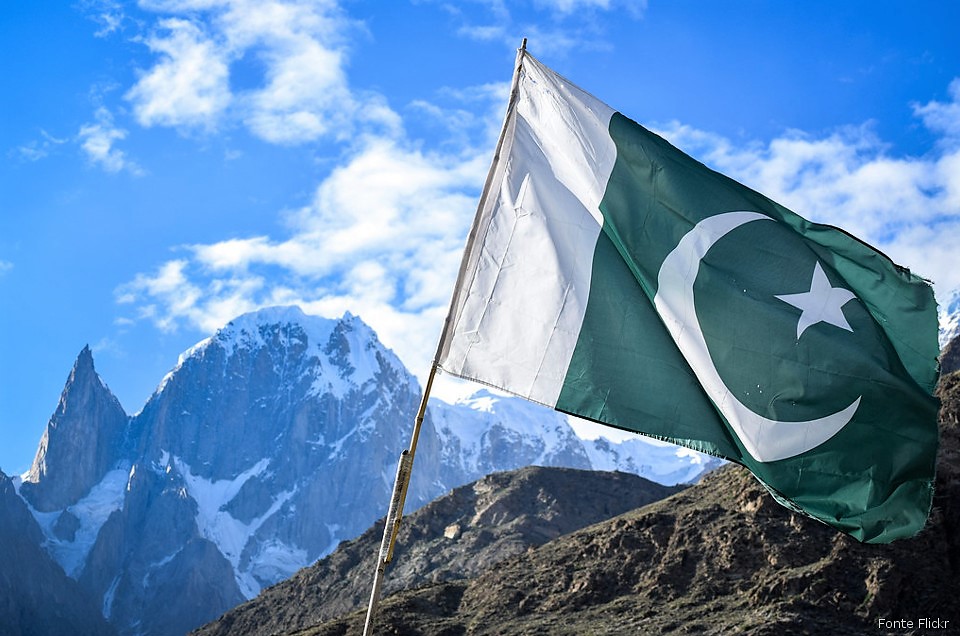Reducing the vulnerability of communities to Glacial Lake Outburst Flood (GLOF) in Pakistan

The Hindukush-Karakorum-Himalayas (HKH) hosts large repository of snow and glaciated ice, within which the presence of glaciers is complemented with the presence of glacial and para-glacial lakes. These lakes are formed due to climatic and geomorphological changes, for example:
- accelerated retreat of glaciers due to increases in temperatures;
- blockage of river channels due to landslides, glacier surges, and debris flows.
If breached, these lakes can trigger a Glacial Lake Outburst Flood (GLOF) and pose a direct threat to downstream communities.
Following an international competitive tendering process, CAE was awarded the contract for the supply to the Pakistan Meteorological Department (PMD) of hydro-meteorological, communications and related IT equipment for the establishment of a GLOF EWS in 24 valleys in the Gilgit-Baltistan and Khyber-Pakhtunkhwa regions.
The project, titled “Scaling-Up of GLOF Risk Reduction in Northern Pakistan” (GLOFII), was initiated to reduce the vulnerability of communities to GLOF hazards.
Will be supplied a total of:
- 244 hydro-meteorological monitoring stations;
- 54 warning posts;
- 1 main national center;
- 2 secondary centers.
All the monitoring sites will be equipped with CAETech Compact line dataloggers, most of them located in remote areas, where the communications infrastructure can be less reliable, and for this reason equipped with both mobile and satellite transmitter.
The system will be configured to issue alerts via SMS, email, messaging app and trigger the warning sirens when predefined thresholds are exceeded.
CAE’s high quality technologies, thanks to the support of local partners, such as the EV-K2-CNR, in charge of on-site activities and training, will enable the Pakistan Meteorological Department (PMD) to take concrete, coordinated actions that mitigate the effects of weather events. As the day-to-day impacts of climate change and extreme weather events continue to grow, the need for this type of projects will grow and CAE is and will always be ready to face these new challenges alongside customers.
Scaling-up of Glacial Lake Outburst Flood (GLOF) Risk Reduction in Northern Pakistan
Back to the news index
